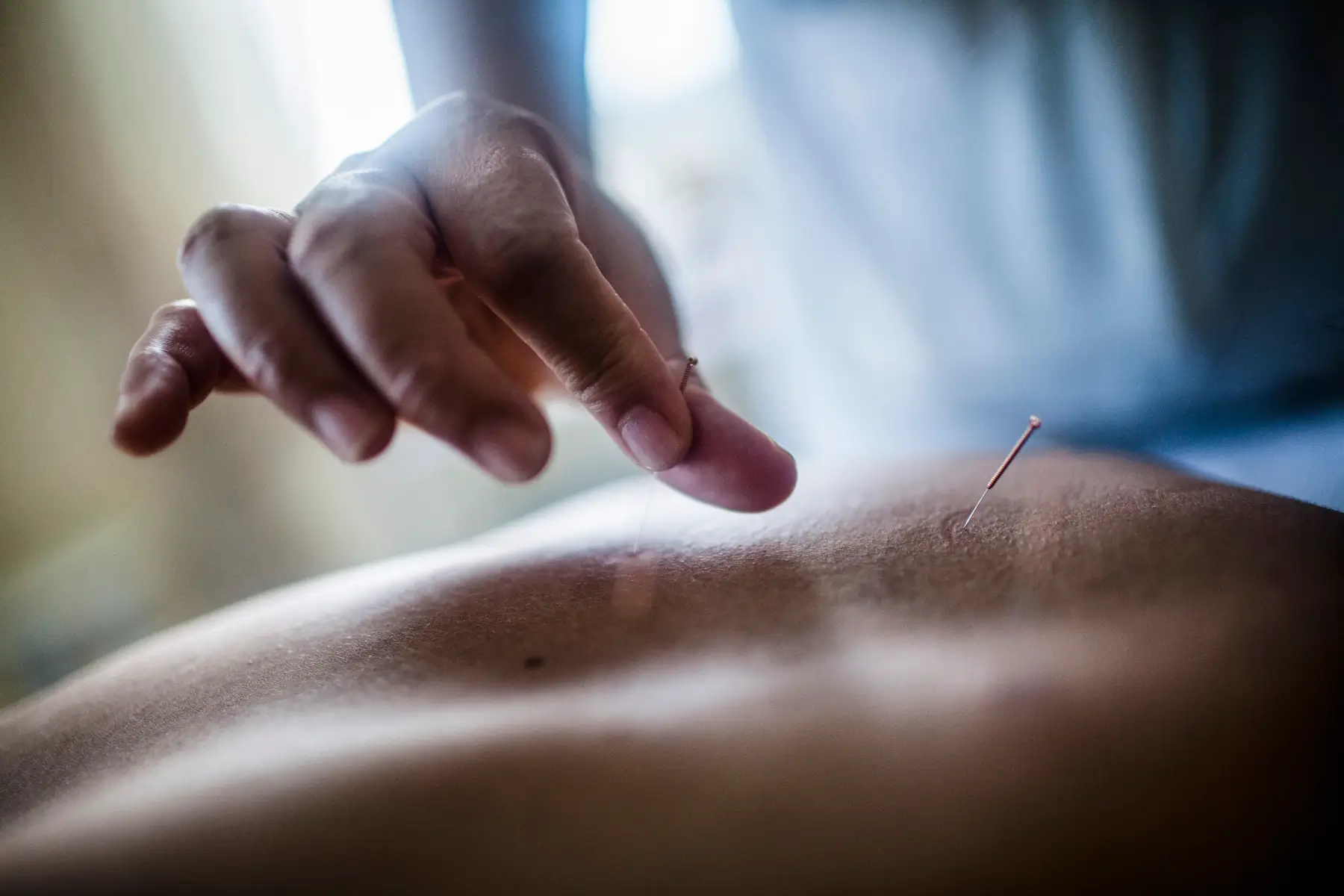Dry Needling

Dry needling is a treatment method used by physical therapists and other healthcare professionals to help with muscle pain and movement problems. Let’s explore how it works and how it can help, based on scientific studies.
How Dry Needling Works
Dry needling involves putting thin needles into tight, painful spots in muscles called trigger points. These are often called “muscle knots.” While we’re not entirely sure how it works, there are a few ideas:
- The needle might break up the tight muscle fibers.
- It could stimulate nerves that help reduce pain.
- It might change the chemical balance in the muscle, helping it relax.
- The needle often causes a quick muscle twitch, which seems to help with pain and tension.
Effects on Pain
Research shows that dry needling can help reduce pain from various muscle and joint problems. A big review of many studies found that when physical therapists use dry needling, it works better than no treatment, fake treatment, or some other treatments for reducing pain.Dry needling might help with pain by:
- Reducing pain signals from the muscles
- Changing how the brain processes pain
- Relaxing tight muscles
- Improving blood flow to the area
Improving Movement
Dry needling can also help people move better. By targeting those tight, painful spots in muscles, it can:
- Make muscles less tense and more flexible
- Reduce pain when moving
- Help muscles work together more smoothly
- Improve awareness of body position and movement
What It Can Help With
Researchers have studied dry needling for many conditions, including:
- Shoulder pain
- Lower back pain
- Neck pain
- Knee arthritis
- Heel pain
- Jaw pain
While the results look promising for many of these problems, we still need more high-quality studies to be sure about its long-term benefits.
Conclusion
Dry needling is a treatment that shows promise in helping with muscle pain and movement problems. By targeting tight spots in muscles, it can potentially reduce pain, relax muscles, and help people move better. While we’re still learning exactly how it works, current evidence suggests it can be helpful for many muscle and joint problems.It’s important to remember that dry needling should only be done by trained professionals. It’s usually used along with other treatments like exercise and hands-on therapy. As scientists continue to study dry needling, we’ll learn more about how best to use it and its long-term benefits.
